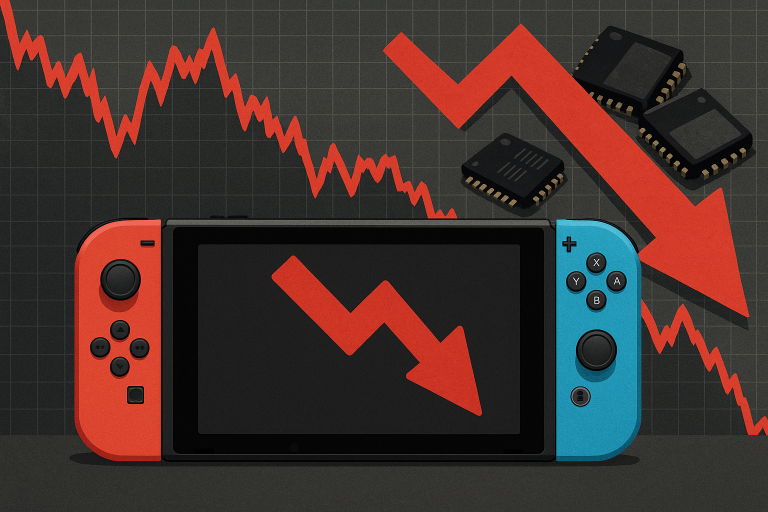A federal judge has struck down President Donald Trump’s executive order that froze permitting for wind energy projects on federal lands and waters, calling the move unlawful.
The ruling lifts a nationwide pause that states and developers said jeopardized investments, jobs, and clean power targets across the United States.
US judge overturns Trump freeze on wind permits
- Court vacates order freezing federal wind permits nationwide.
- 17 states and DC sued, arguing economic and climate harms.
- Judge says policy shift lacked reasoned explanation under law.
What the court decided
On Monday, Judge Patti B. Saris of the US District Court for the District of Massachusetts vacated Trump’s 20 January executive order that halted leasing and permitting for wind projects, finding it “arbitrary and capricious” and contrary to law.
According to her decision, federal agencies failed to “provide a reasoned explanation for the change” when reversing course on wind approvals.
A prior ruling by Judge William Young had allowed the case to proceed against US Interior Secretary Doug Burgum under the Administrative Procedure Act, while dismissing claims against Trump and other cabinet officials.
The states’ constitutional claims were not allowed to move forward.
Who sued and why it matters
A coalition of 17 states and Washington DC, led by New York Attorney General Letitia James, challenged the order.
The group argued the administration lacked authority to halt permitting and that the freeze threatened state economies, energy mixes, public health, and climate goals.
- Arizona
- California
- Colorado
- Connecticut
- Delaware
- Illinois
- Maine
- Maryland
- Massachusetts
- Michigan
- Minnesota
- New Jersey
- New Mexico
- New York
- Oregon
- Rhode Island
- Washington state
- Washington DC
“We won our lawsuit and stopped the Trump administration from blocking an array of new wind energy projects,” James said, calling the ruling “a big victory in our fight to keep tackling the climate crisis.”
Massachusetts Attorney General Andrea Joy Campbell said the decision protects “hundreds of millions of dollars” the state has invested in offshore wind.
Project impacts and industry context
The lawsuit was sparked in part by a stop work order for Empire Wind 1, a major offshore project planned off New York.
The Interior Department later allowed that project to resume, but the broader permit freeze remained in place, according to court filings.
Empire Wind is designed to power 500,000 homes and is expected to be fully operational by the end of 2027, according to the project’s website.
Wind is the nation’s largest source of renewable electricity, providing about 10% of US generation, according to the American Clean Power Association.
Industry advocates said the ruling allows projects to be judged on their merits. Wind is “one of the most cost-effective ways to generate power,” said Marguerite Wells of the Alliance for Clean Energy New York.
Kit Kennedy of the Natural Resources Defense Council said the permit freeze had been “a devastating blow to workers, electricity customers, and the reliability of the power grid.”
The post US judge overturns Trump’s freeze on wind permits appeared first on Invezz










